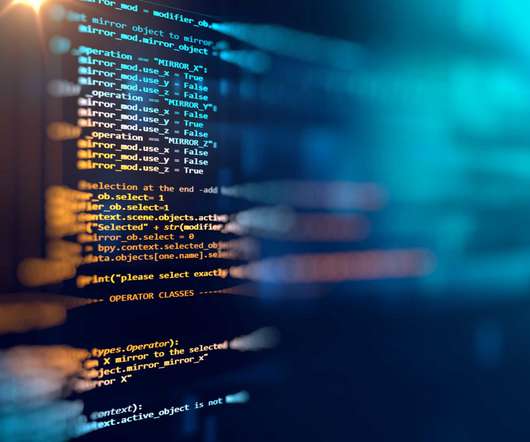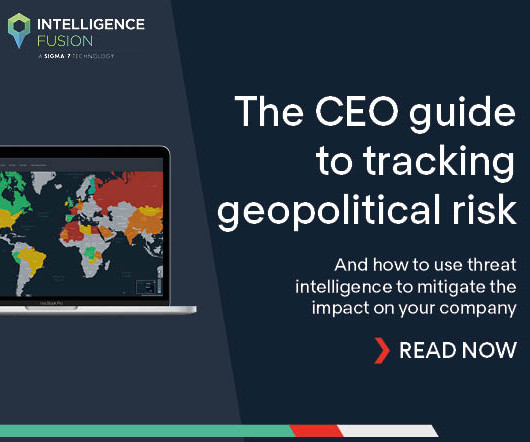Understanding how people use private browsing
Elie
JULY 13, 2017
This post looks at how and why people are using the private browsing mode. Private Browsing. , also known as. InPrivate. in Internet Explorer and. Incognito mode. in Google Chrome, is a special mode where the browser doesn’t record the browsing activity on the local device. The promise made to the user is that when the private windows are closed, no trace will be left on the computer.
























Let's personalize your content